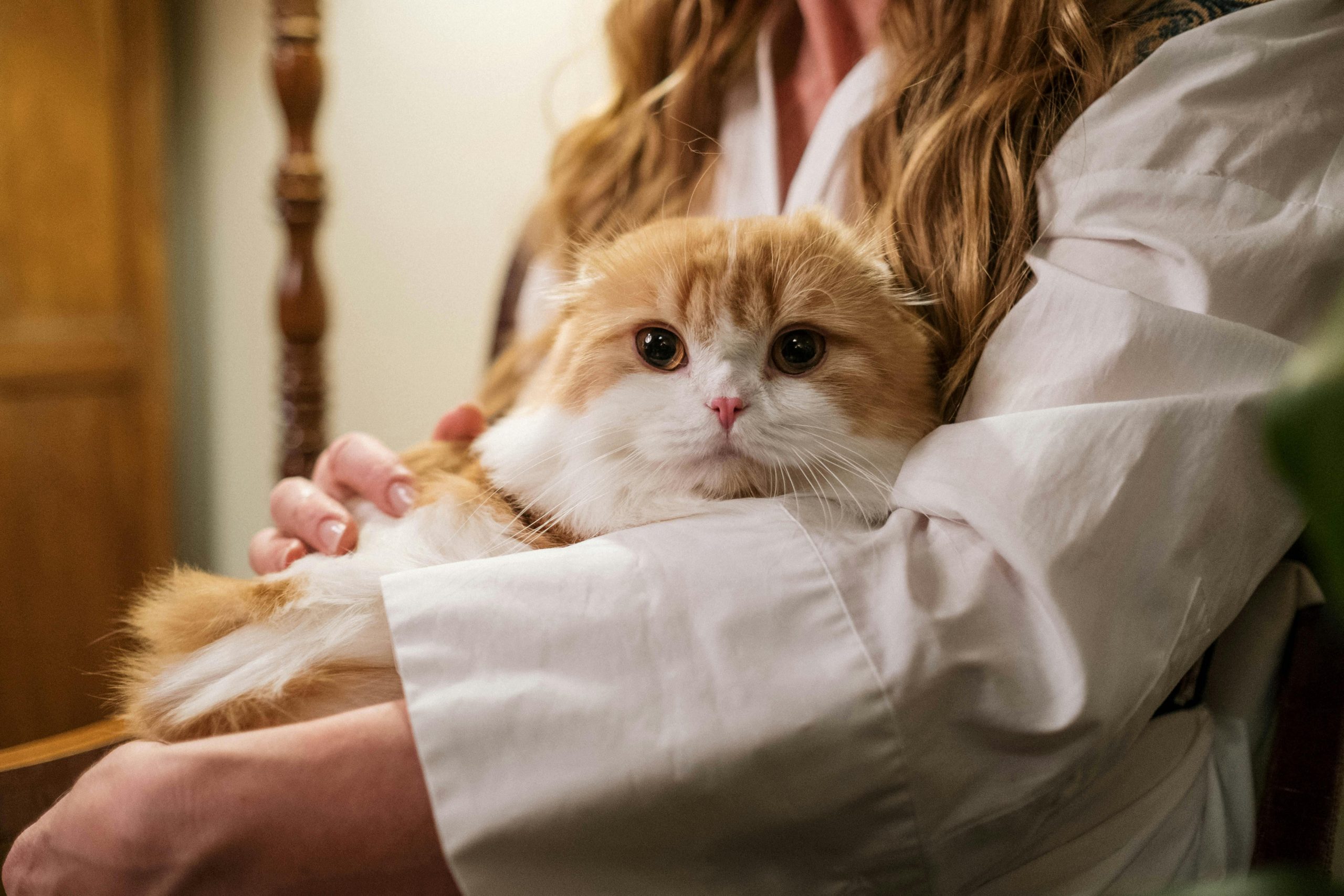Introduction
Congratulations on the new furry additions to your family! Taking care of a cat after giving birth requires patience, attention to detail, and lots of love. As a responsible cat parent, it’s essential to provide the mother cat and her kittens with a safe and nurturing environment to ensure their health and well-being. In this guide, we’ll walk you through the step-by-step process of caring for your cat post-delivery.
Step-by-Step Instructions
Start with the basics
After giving birth, the mother cat needs a quiet and secluded space where she can nurse her kittens without disturbances. Provide a cozy nesting area with soft bedding where she can feel comfortable and secure. Make sure the room is warm, as kittens are unable to regulate their body temperature effectively in the first few weeks of life.
Monitor the mother cat’s behavior closely. Ensure that she is nursing the kittens regularly, as they need to feed every few hours. If you notice any signs of distress or if a kitten is not gaining weight, consult your veterinarian immediately.
Consider the next steps
As the kittens grow, you can gradually introduce them to a high-quality kitten food mixed with kitten milk replacer. The transition from nursing to solid food should be gradual to prevent digestive issues. Make sure to provide fresh water at all times.
Keep the nesting area clean by changing the bedding regularly and maintaining proper hygiene. This helps prevent infections and ensures a healthy environment for the mother cat and her kittens. Provide a litter box nearby for the mother cat to use, as she may not want to leave her babies unattended for long periods.
Advanced techniques
Socialize the kittens from an early age by gently handling them every day. This helps them become accustomed to human touch and interaction, making them more sociable adult cats in the future. Encourage playtime and exploration in a safe environment to stimulate their physical and mental development.
Gradually introduce the kittens to scratching posts and litter training to teach them essential behaviors. Monitor their growth and development closely, ensuring they reach important milestones such as opening their eyes and walking confidently. Regular veterinary check-ups are crucial to detect any health issues early on.
Additional Tips
1. **Ensure the mother cat has access to nutritious food and plenty of fresh water to support her milk production.
2. **Provide a quiet and stress-free environment to promote bonding between the mother cat and her kittens.
3. **Handle the kittens gently and avoid separating them from their mother too soon.
4. **Consult your veterinarian for advice on vaccinations and deworming schedules for the kittens.




